Experience: Concentration Camps
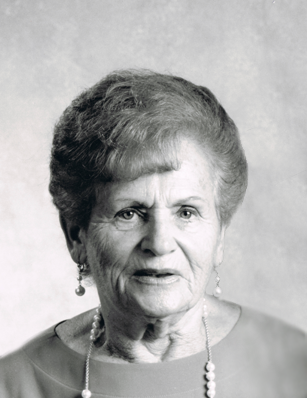
|
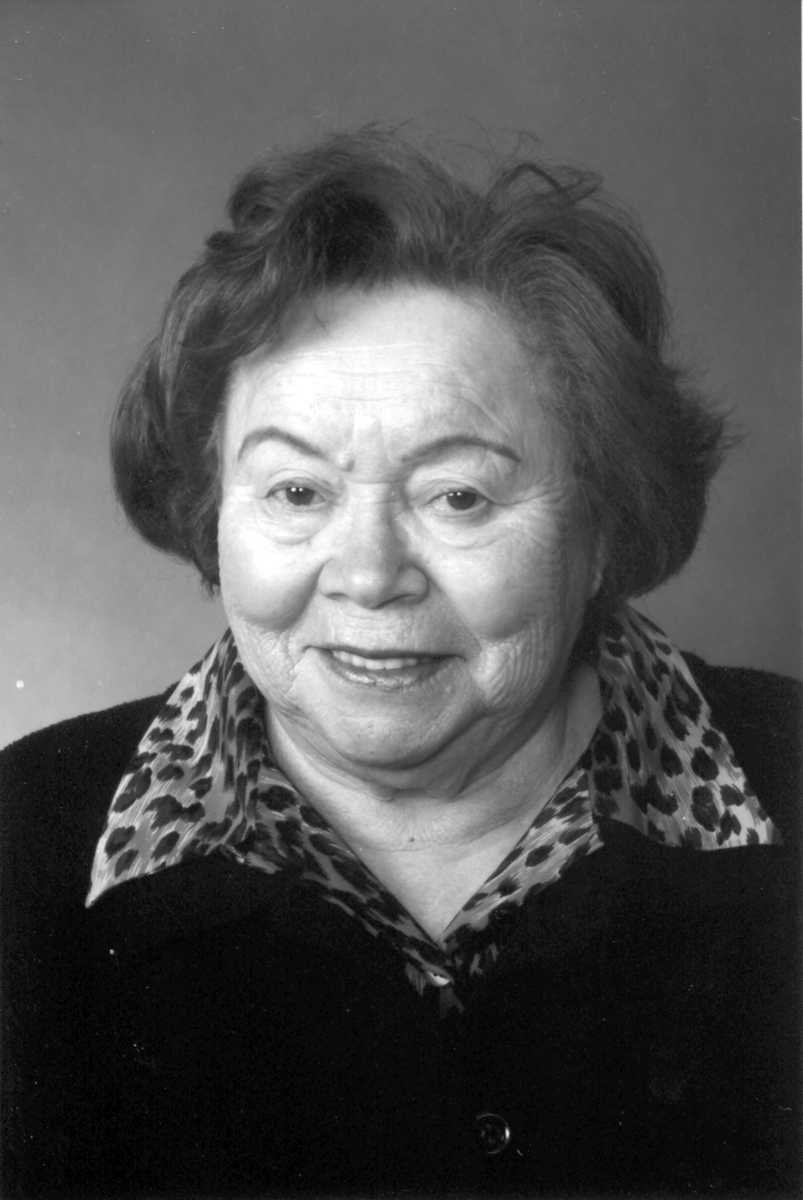
|
|
|
|
|
|
|
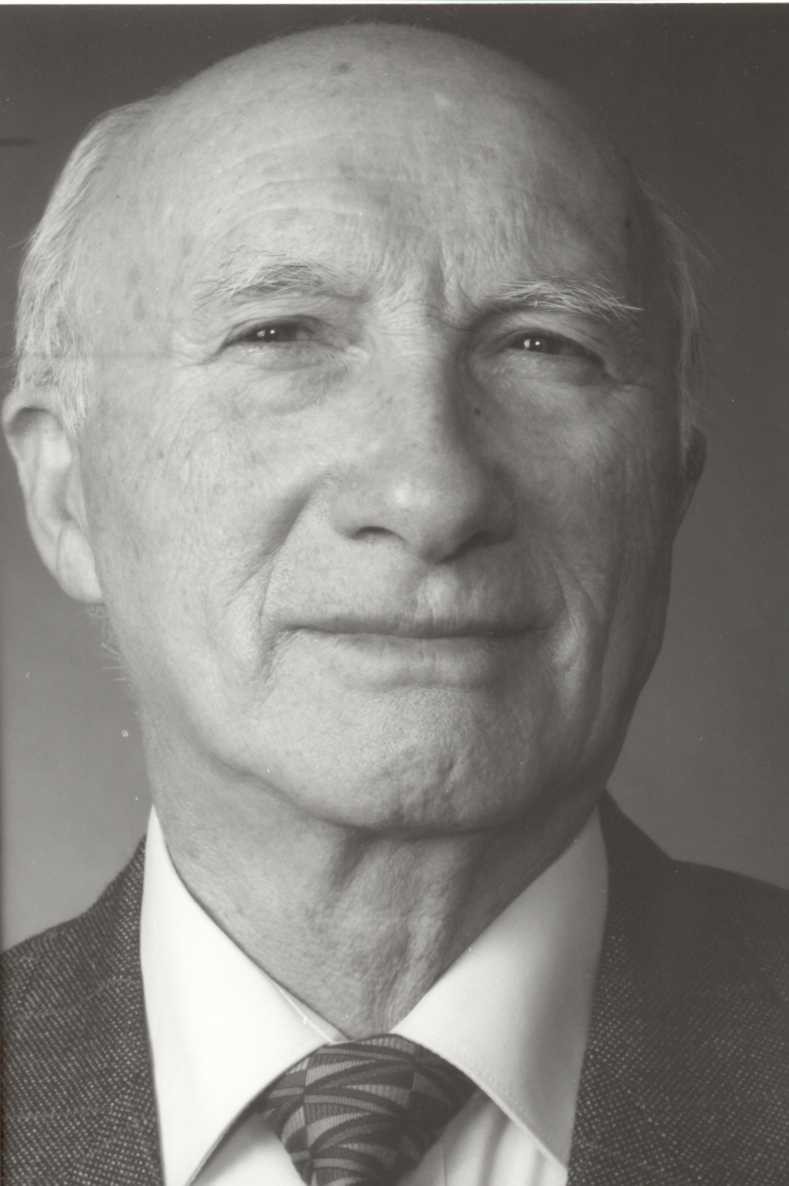
|
|
|
|
|
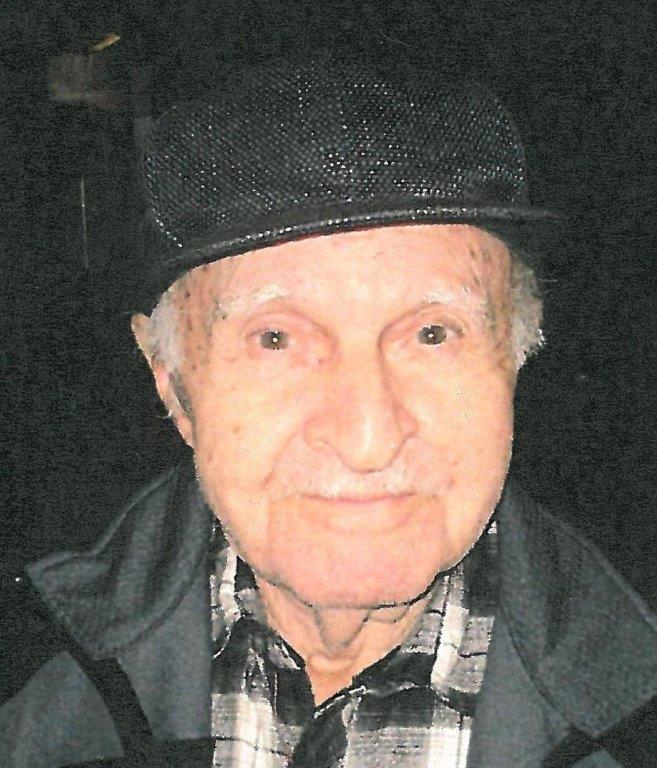
|
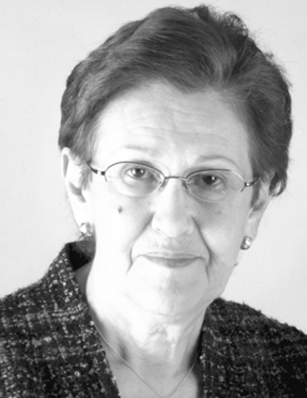
|
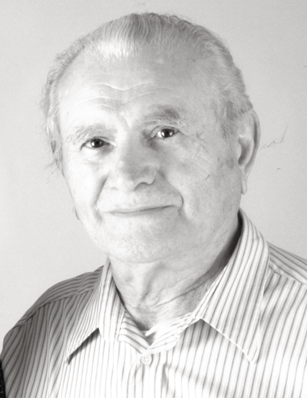
|
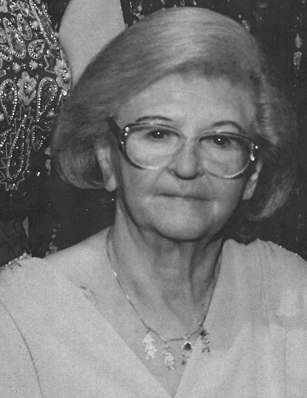
|
|
|
|
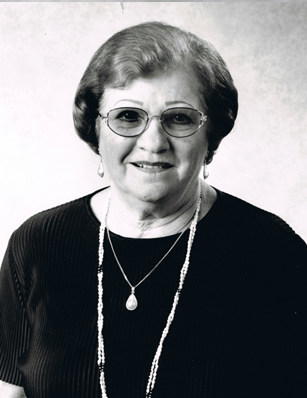
|
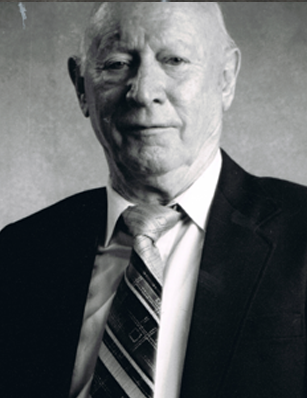
|
|
|
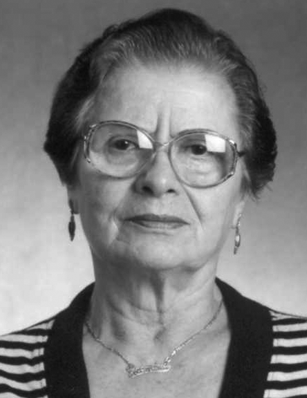
|
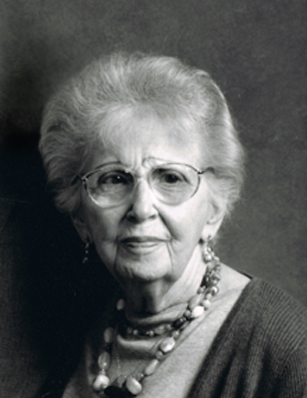
|

|
|
|
|
|
|
|
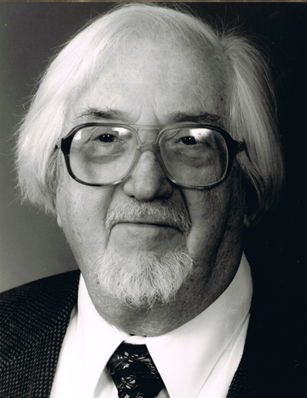
|
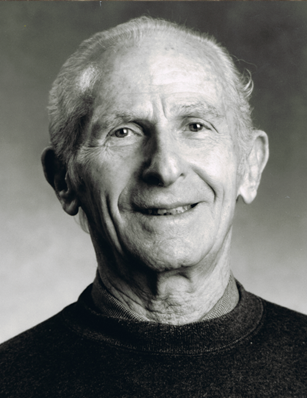
|
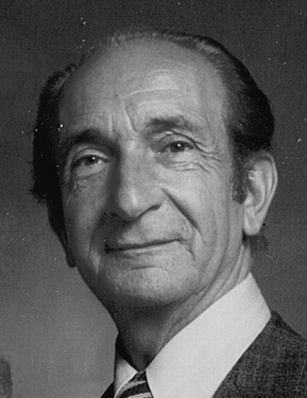
|
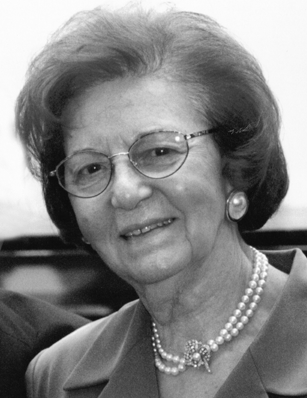
|
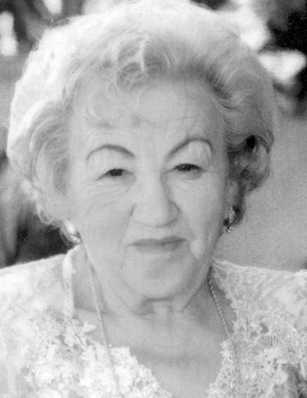
|
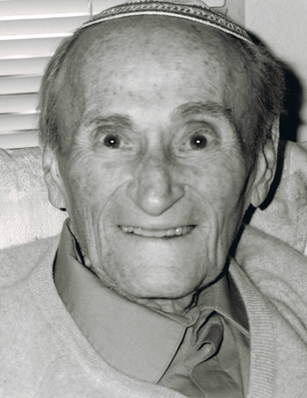
|
|
|
|
|
|
|
|
|
|
|
|
|
|
|
|
|
|
|
|
|
|
|
|
|
|
|
|
|
|
|
|
|
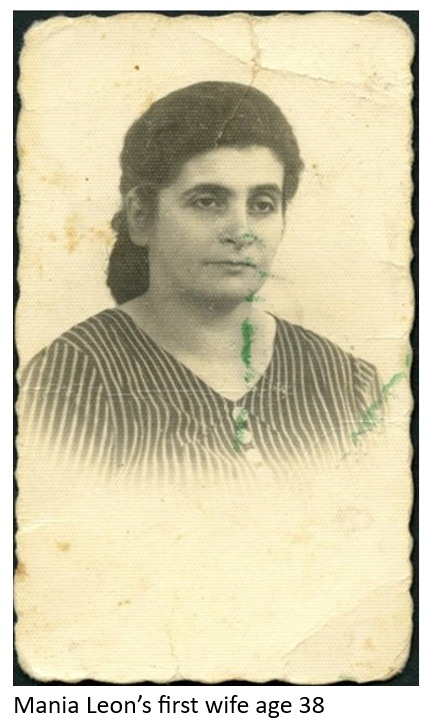
|
|
|
|
|
|
|
|
|
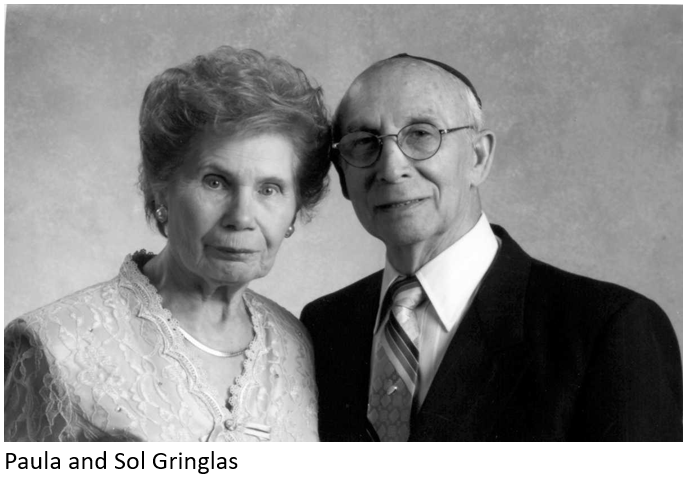
|
|
|
|
|
|
|
|
|

|
|
|
|
|
|
|
|
|
|
|
|
|
|
|
|
|
|
|
|
|
|
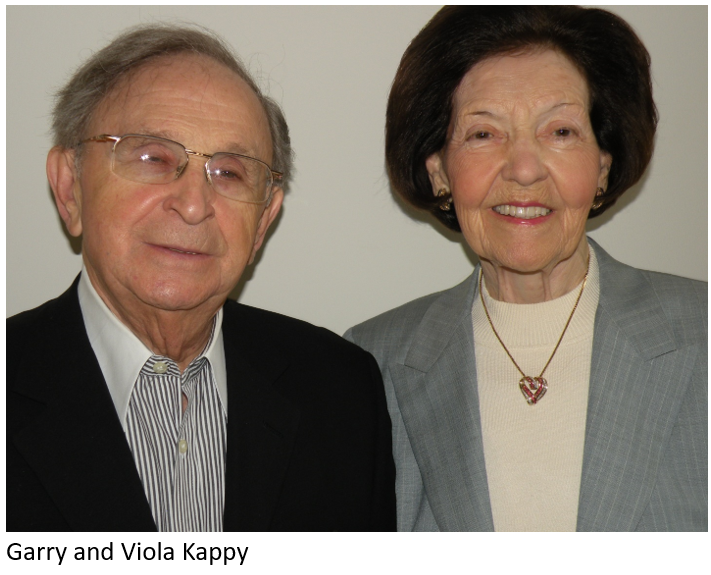
|
|
|
|
|
|
|

|
|
|
|
|
|
|
|
|

|
|
|
|
|
|
|
|
|
|
|
|
|
|
|
|
|
|
|
|
|
|
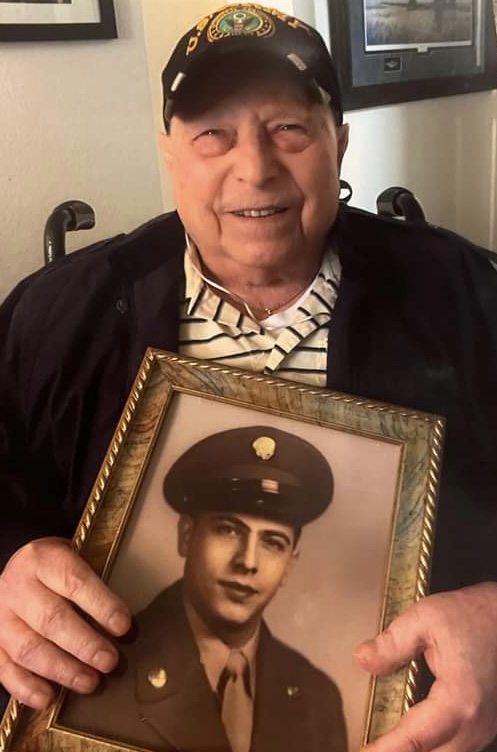
|
|
|
|
|
|
|
|
|
|
|
|
|
|
|
|
|
|
|
|
|
|
|
|
|
|
|
|
|
|
|
|
|
|
|
|
|
|
|
|
|
|
|
|
|
|
|
|
|
|
|
|
|
|
|
|
|
|
|
|
|
|
|
|
|
|
|
|
|
|
|
|
|
|
|
|
|
|
|
|
|
|
|
|
|
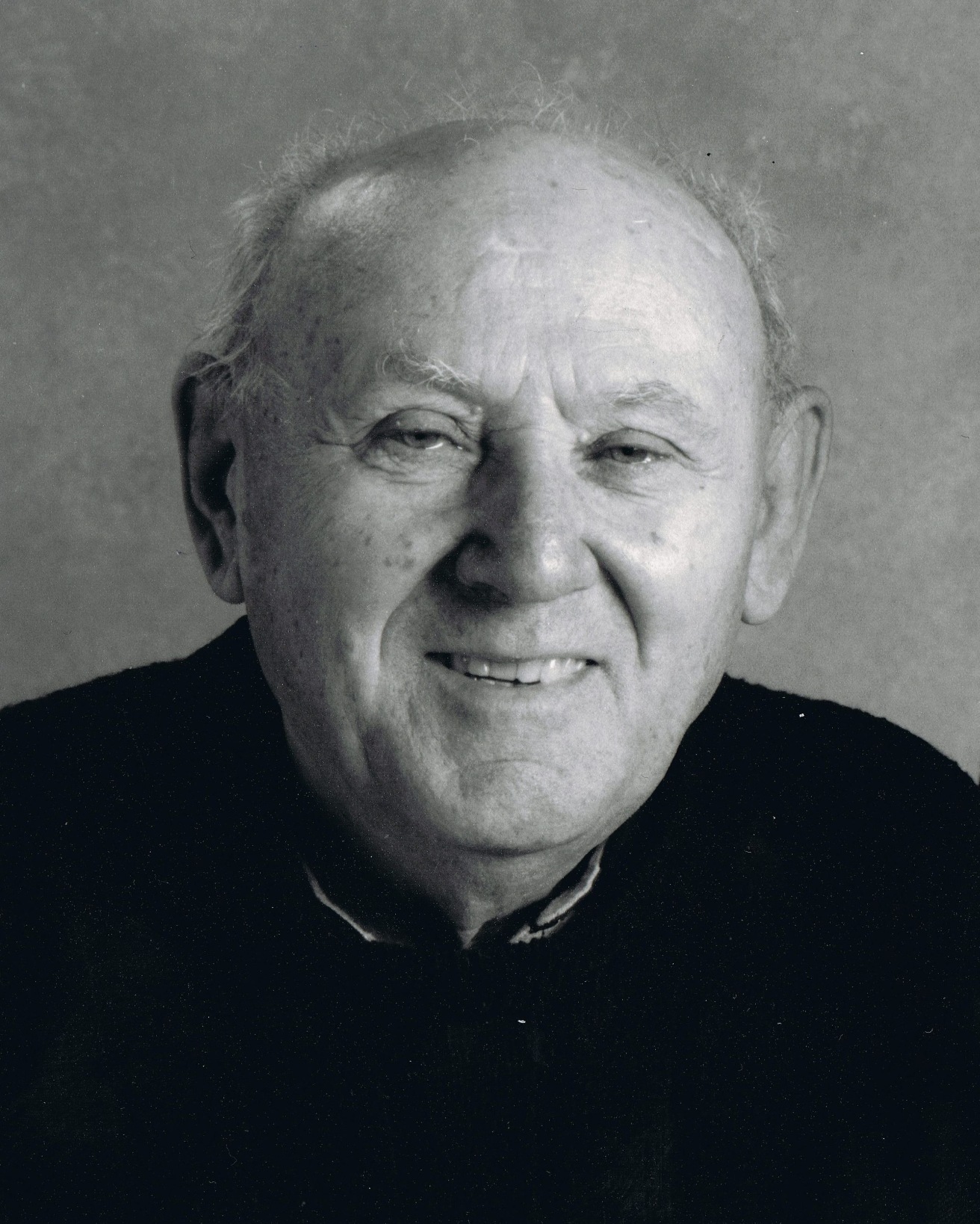
|
|
|
|
|
|

|
|
|
|
|
|
|
|
|
|
|
|
|
|
|
|
|
|
|
|
|
|
.png)
|
|
|
|
|
|
|
|
|
|
|
|
|
|
|
|
|
|
|
|
|
|
|
|
|
|
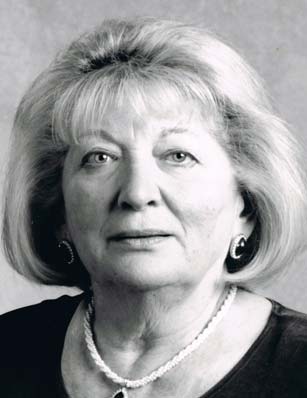
|
|

|
|
|
|
“(In German, Konzentrationslager). Camps where the Nazis imprisoned their victims without trial. Although the term "concentration camp" is often used as a term for all Nazi camps, there were, in fact, several types of camps in the Nazi system, of which the “concentration camp was just one”.
Other types include labor and hard labor camps, extermination camps, transit camps, and prisoner-of-war camps. As the war progressed, the distinction between concentration camps and labor camps became blurred, as hard labor was also performed in the concentration camps.
The concentration camp network played a pivotal role within the Nazi regime, which developed over time. Chronologically, the use of concentration camps can be divided into three distinct periods; from 1933 to 1936, 1936 to 1942; and 1942 to 1944-1945.
The first period corresponds with the Nazis' rise to and consolidation of power. During this time, concentration camps were primarily established for the detention of political opponents of the Nazi Party. Following Hitler’s rise to power in January 1933, the Nazis commenced arresting political adversaries and placing them in camps. By the end of July, 27,000 people had been taken into what the Nazis called "protective custody." In Prussia alone, 20 camps were established for these prisoners. In the fall of 1933, the Nazis began detaining other victims, including persons whom the Nazis considered to be "asocial elements," such as beggars, tramps, and chronic criminals.
In July 1934 SS chief Heinrich Himmler named Theodor Eicke (who was serving at the time as commandant at the Dachau concentration camp) “Inspector of Concentration Camps and SS Guard Units”. These guard units became known as “Death’s Head Units”, and performed the brutal work of guarding the concentration camps. In his new post, Eicke was in charge of the concentration camp prisoners' routine and punishments. During this phase, the main goal of the camp system was to deconstruct the opposition to the Nazi regime.
In the second period (1936--1942), almost all of the concentration camps established during the first period were shut down, except Dachau. Newer, larger camps were built to accommodate the growing number of prisoners. These included Sachsenhausen, Buchenwald, Mauthausen, Flossenburg, Ravensbrueck, Auschwitz, Majdanek, Natzweiler, Neuengamme, and Stutthof.
During this period, World War II broke out and the Nazis established labor, hard labor, and "reeducation" camps. From 1937 onward many companies used German and Austrian Jews followed by Jewish populations from throughout Nazi territory for forced labor, housing them in camp-like conditions or in camps themselves. From the summer of 1938, Jews were imprisoned in the camps simply for being Jews, particularly after Kristallnacht, when 36,000 were detained.
Throughout this period, the number of prisoners interned in concentration camps rose constantly. When the war began, some 25000 prisoners were housed in the camps, and by the end of 1941, 60,000 prisoners were incarcerated in the concentration camp system. Numbers rose even higher after Germany invaded the Soviet Union in June 1941, tens of thousands of Soviet prisoners of war were imprisoned in Nazi concentration camps, and subsequently murdered.
In late 1941 and early 1942, Death camps were set up at Chelmno, Treblinka, Sobibor, and Belzec – In line with the Nazi extermination policy “The Final Solution”. Majdanek and Auschwitz, originally built as concentration camps, were expanded to serve as extermination centers, as well. Birkenau, or Auschwitz II, was the extermination center while the remainder of Auschwitz and its sub-camps functioned as forced labor camps. In Majdanek, prisoners who were not murdered immediately were incorporated into the concentration camp population.
During the third period, beginning in February 1942, concentration camp prisoners were exploited as forced laborers in the German armaments industry, manufacturing weapons and other essential items for the German war machine. Previously, forced labor had often been used as a punishment. At this stage, the SS created a special Economic-Administrative Main Office (Wirtschafts-Verwaltungshauptamt, WVHA) to oversee the use of concentration camp prisoners as manpower for both government-owned and private companies. The WVHA built many sub-camps next to industrial factories to house the prisoner laborers. The standard of living conditions in the Nazi concentration camps varied according to the period and camp.
From 1933 to 1936, the work, food, and housing were bearable, and most prisoners were detained for approximately a year. Throughout the second period and the start of the third, many prisoners died in the camps as a result of brutal treatment, harsh working conditions, malnutrition, and overcrowding. In 1943 the living conditions improved slightly as the Nazis wanted productive results from the prisoners working in the armaments industry.
Concentration camp prisoners lacked personal freedoms and the ability to make decisions. The SS maintained strict control over all aspects of their life. A prisoner who did not follow an order would be severely punished by whipping, solitary confinement, lost food rations, and other forms of punishment. The prisoners were classified according to their country of origin and the reason they were interned. Some prisoners were given supervisory or administrative positions, such as room, block, and camp "elders," or as kapos (work foremen). In general, German prisoners were given the top positions and thus received the most privileges. In the Auschwitz camp complex, Polish prisoners were accorded this higher status. Jews and Soviets were at the very bottom of the prisoner totem pole. The Jews were treated much worse than any other prisoner group, and after the war broke out, Jewish prisoners had very poor prospects for survival. By October 1942 the WVHA ordered the removal of Jews from all concentration camps inside the Reich. The Jewish prisoners were deported to Auschwitz or Majdanek, in Poland, where most were exterminated.
By the fall of 1944, the Germans were clearly losing the war. The Allied front advanced from all directions. The Nazis gradually closed the concentration camps outside of the Reich and often sent their prisoners on insufferable death marches toward camps still in operation in Germany and Austria.
Accessed on July 19, 2011
Accessed on July 26, 2011
Accessed on July 19, 2011
Contact us
thank you!
Your application is successfuly submited. We will contact you as soon as possible
thank you!
Your application is successfuly submited. Check your inbox for future updates.